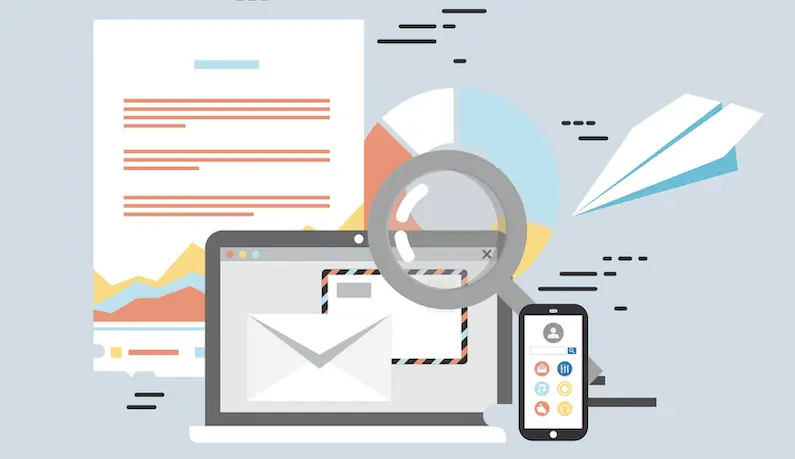In most cases, higher is better. But not when it comes to bounce rates.
What is an email bounce rate? It’s the percentage of users that didn’t receive your email. Marketers aim for low bounce rates. The higher the bounce rate, the fewer people reading your email.
Are there ways to improve the email bounce rate? There sure is. Let’s explore our top three tips for keeping your campaign’s bounce rate as low as possible.
1. Reduce Email Bounce Rate With Opt-in Lists
Lists play a critical role in email bounce rates. While you can buy lists from marketing companies, they may not be the best solution. Purchased lists can include old and junk email addresses, which leads to poor ROI and high bounce rates.
The best way to reduce the bounce rate is by using a permission-based or opt-in email marketing list. These lists give people the option of signing up for your newsletter. When you send out your campaign, you have permission to contact the addresses listed.
Opt-in email lists deliver lower bounce rates because people provide their current email addresses. Since they are voluntarily signing up for your newsletter, you’re adding up-to-date emails to your list. That equals a lower bounce rate and higher engagement.
2. Use Analytics to Improve Email Performance
Lower your email bounce rate by using your campaign’s analytics to your advantage. Studying the results of your campaign can help you understand what works (like what lowers the bounce rate) and what needs improvement.
If you use an email marketing software (such as MailChimp or Constant Contact), you can view the results of your campaign after it has been sent. The software collects valuable data, like the:
- Bounce rate (as well as the average email bounce rate for your industry)
- Open rate
- Click-through rate
- Specific links clicked
- Popular email viewing times
Use these email marketing analytics to optimize your campaigns and lower your bounce rate.
Compare low bounce rate emails with high ones and make adjustments. Segregate lists and try out different subjects, designs, and deployment times. The more data you collect, the better you can tweak your campaign and improve upon its performance.
3. Quality Lowers Email Bounce Rate
If you’re wondering how to reduce an email bounce rate, the answer may lie in the quality of your emails.
First things first, aim for quality over quantity. Sending frequent newsletters can clog your subscribers’ inboxes and lead to high bounce rates. Research shows 69% of people unsubscribe from lists due to too many emails.
Instead, do more with less. Invest in curating informative and engaging newsletters that resonate with your audience. The better the email, the less likely it will be flagged as spam or sent to a junk folder. That means more emails reaching their desired inboxes.
More Tips for Startups
There is no secret formula for lowering your email bounce rate. But by studying your campaign’s analytics, creating high-quality emails, and sticking to opt-in subscriber lists, you can get more out of your campaigns.



